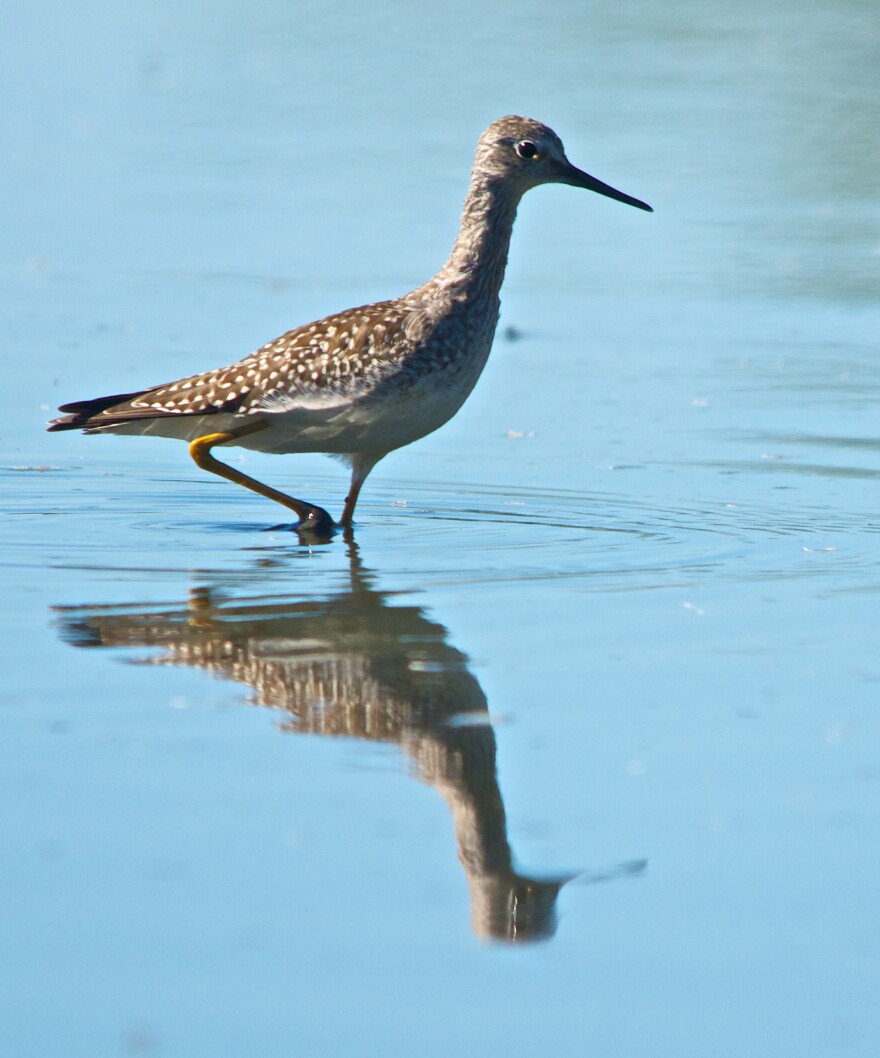There are birds galore here in New Hampshire. We love to watch them, talk about them and photograph them, but let's be honest...not all of us are experts. Today on Word of Mouth we talked to protection specialist Eric Masterson who filled us in on the birds to look out for during this New Hampshire summer. Get in on the fun and see if you can spot a few of these yourself!
Seacoast

Great Black-backed Gull: As the most common shorebird, this is one species of seagull that most are famililar with. They breed on the Isles of Shoals, however they are depleting as landfills close over time.
Lesser Yellowlegs: A medium sized shorebird. In comparison to their greater counterparts, lesser yellowlegs have a shorter and darker bill. They tend to congregate in shallow water.
Greater Yellowlegs: The large relative of the Lesser Yellowlegs. This bird is visiting the coast for the summer as a part of their migration, which begins in July.

Least Sandpiper: This shorebird's signature is its size. Its the smallest! Look for its greenish legs, brown and white and dark bill among the shallow water and mudflats.
Wilson's Storm-Petrel: Named after Scottish American ornithologist, Alexander Wilson, this bird is one of the most abundant species in the world. They are visiting the seacoast as a pit stop in their southern migration and are best seen on the water, far out from the shore.
North Country

Rusty Blackbird: This bird is a rare sighting. Over the past forty years the majority (~90%) of the population has vanished. Though the North Country is a hard sell for birds in the latter part of the summer, this species forages in wooded swamps. If you have a sighting, contact the Audubon or submit an observation on eBird.org.
Olive-sided Flycatcher: This species feasts on insects that it catches in fast and dramatic swoops from high perches. They have dark olive feathers on the upper part of their body, including their face and wings, with a white belly.
Lakes Region
Loons: Those who frequent the lakes know that the arrival of the loons is a sure sign of spring. Though they are regulars in the region, seeing them is still a delight. Look out for their black and white pattern and duck-like behavior.

Caspian Tern: Usually a Pacific bird, the Caspian Tern has been spotted in New England this summer, probably as a result of failed breeding. If you get the chance to see one get out your camera, they likely won't come back again soon!
Ancient Murrelet: This is another Pacific bird who has wandered astray into our neck of the woods. Keep your eyes peeled for a waterfowl with a short yellow bill, a black and gray top and white underparts.


